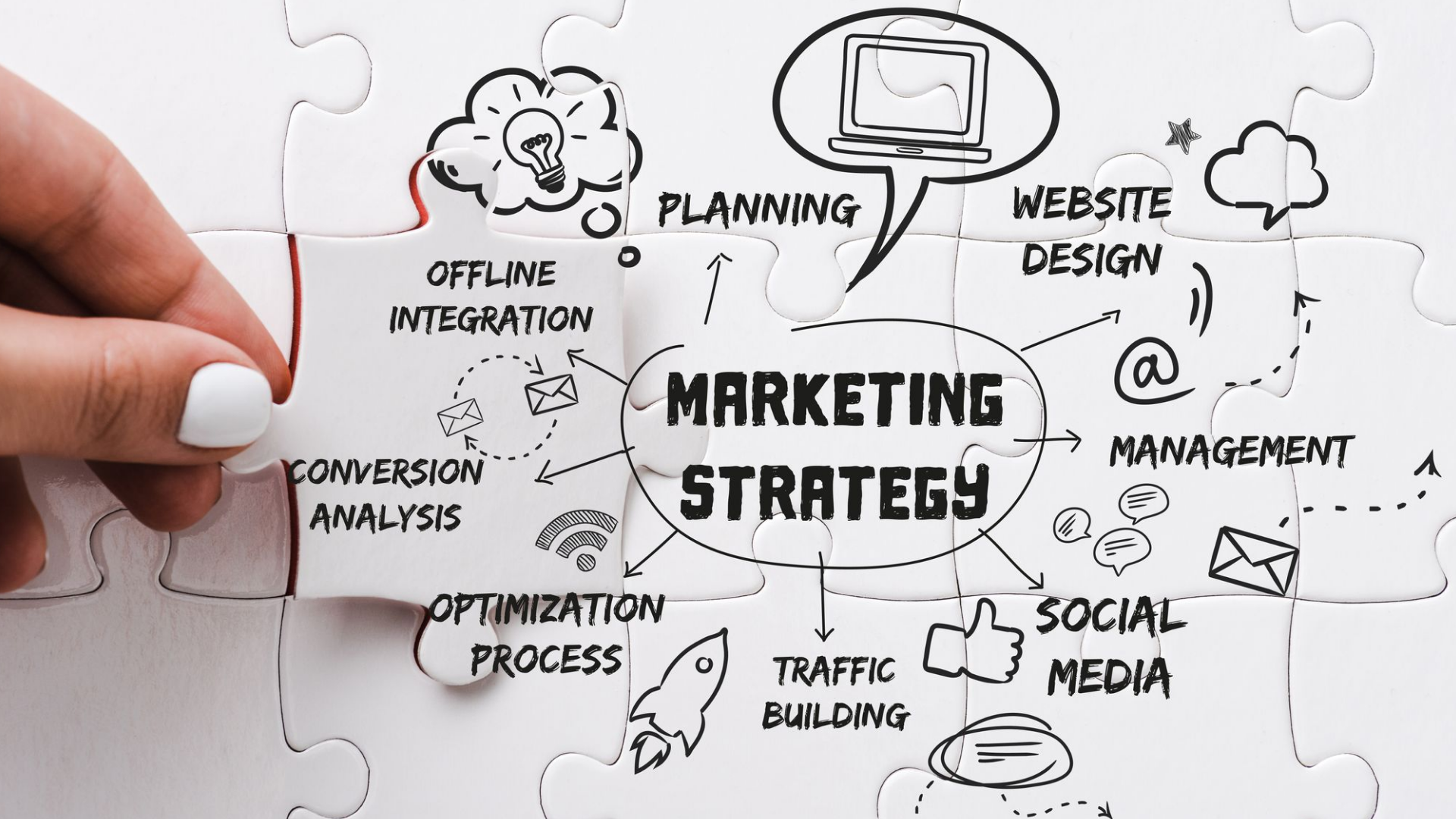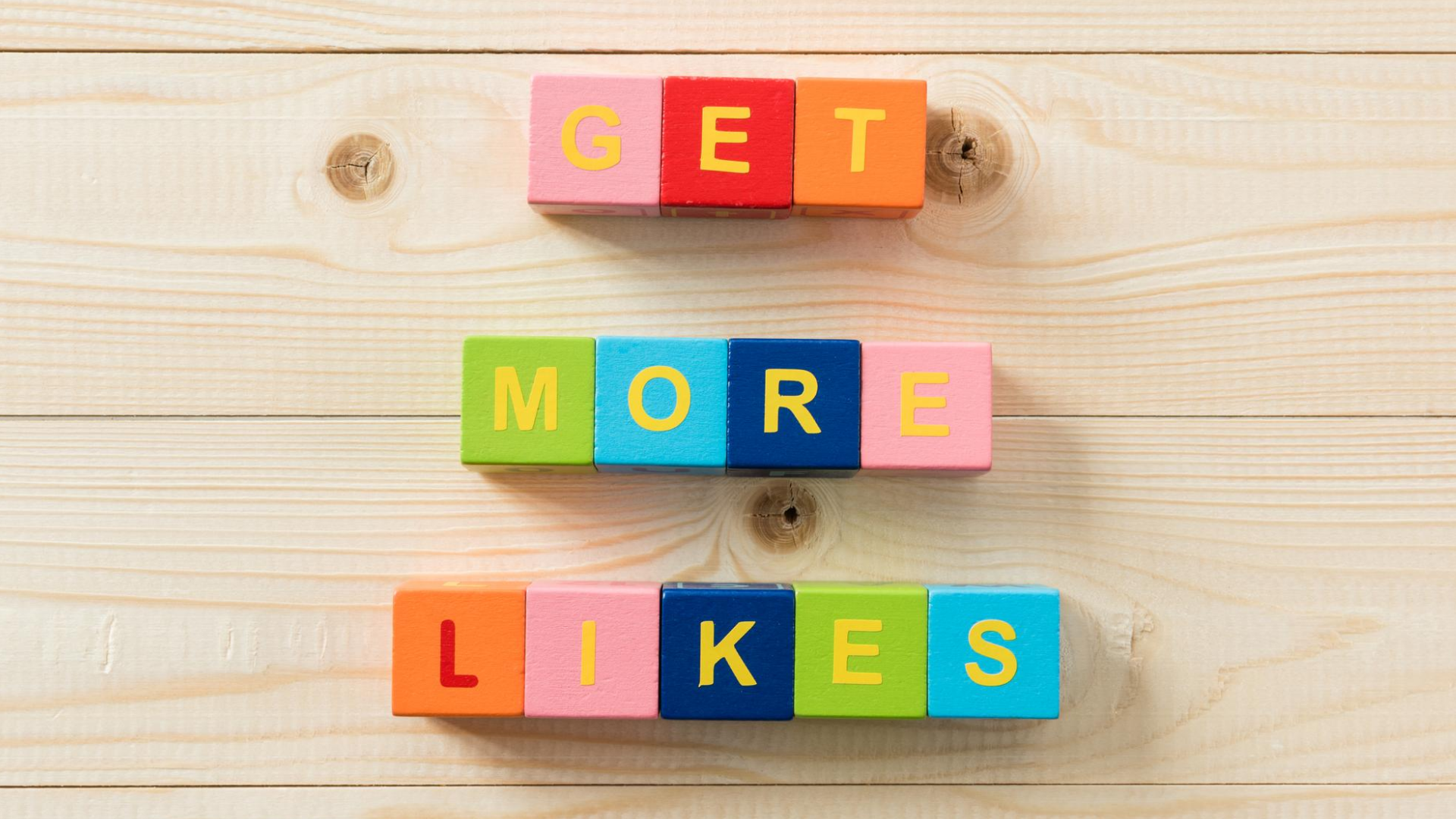Blogs
Lorem ipsum dolor sit amet, consectetur adipiscing elit, sed do eiusmod tempor incididunt ut labore et dolore magna aliqua.

11. The Path to Profitability is a Straight, Multilane Highway
“An omni-channel approach acknowledges that mobile and social have enabled customers to not only quickly switch between channels, but to actually use channels simultaneously.” - Swomi Buzz
It’s no secret that when you want to get from Point A to Point B, the first thing you do is map out a route.
Depending on the primary goal for your trip, you might want to find the fastest route, the scenic route- or something in between.
Business goals are no different.
Even though we tend to get sucked into all the advice being thrown at us from every direction and often lose sight of that one simple fact.
So the first step to meeting a big profitability goal?
Is to HAVE a goal.

That goal should have a clear picture of who your audience is, what their pain points are, and how you see yourself serving them.
Get really specific here.
Because your journey to getting there, is finding the best route to building up that know-like-and-trust factor with your audience, so that they WANT you to serve them as much as you want to serve them.
So that YOU’RE the one they think of when they’re ready to solve that problem that they have.
The route you choose?
Will be based on how fast you want to get there.
For example,
I’m currently up in Vancouver, getting ready to move down to San Francisco later this month. I have a few different options on picking the best route to make that happen, as with most road trips.

The quickest option in an ideal world, would be to find a 6 lane highway that goes straight down to California.
Or I can take a smaller, parallel road- maybe get on to Highway 1, and stop to explore the vista points and cute little towns along the way.
When you’re looking to reach your profitability goal fast, that 6 lane highway translates to omnichannel marketing. Which basically means reaching your audience on multiple platforms and channels based on where they’re spending the bulk of their time.
The scenic route approach?
Is to focus on one platform at a time.
Because let’s face it, your audience isn’t just in one place anymore.

In this day of digital sensory overload, they are likely switching lanes between multiple social media platforms, email, text messages and their DMs faster than you can catch that currently trending audio on Instagram or TikTok.
But here’s my favorite part:
Reaching them on multiple platforms does NOT mean that you have to stay glued to your screen forever, creating endless pieces of content.
It’s actually the very opposite of that- and should, when done right, have you spending LESS time on social media.

It’s true.
Because the thing about omnichannel marketing is that it works best if you let your content lead the way, instead of the platform.
Remember that thing I said earlier about your route being all about building that know-like-and-trust factor?
Meaning, if you can lead with your content by thinking of just ONE thing every day, every couple of days, or even every week that your audience would benefit in some way from, you can repurpose that one piece of content for everything from email to social media to the DMs (direct messages)- and even a blog post for your website!
Or if you like to front load things like I do, pick a weekend (or day) every month, come up with 4–12 ideas that you can create some quick content on, write it all out (or use otter.ai to simply say it out loud to your phone and let the app transcribe it for you)- then grab relevant sections of each of those content pieces and plug them straight into your social media scheduling software.
(Don’t have one yet? I’ll link to the one I use below)
And voila, you’re all scheduled out with your content for days (aka, for weeks or even months)!
Now, a good social scheduler will also allow you to track your data to see what kinds of content your audience is enjoying and engaging with over others, so you know exactly where to focus your efforts the following month.

No guessing or beating around the bush here.
And when you’ve got some good engagement going and you have your audience wanting more, you deliver a funnel or sales page, invite them to work with you, and complete the sale (or ongoing nurture process if they need more time).
And ideally, you’re doing this all from within the same software so you’re not wasting time with multiple tools or finicky integrations.
On the flip side, let’s say you really enjoy a specific platform and would rather focus on playing with your content on that one platform.
That will still eventually get you to your goal over time, but it won’t be the shortest way to get there- since you’re focusing on the platform versus the delivery of your content.
Meaning, expect to spend time scrolling past tons of content from other creators on that platform to spark your creativity, watching for trending sounds, trying to fit your content to these trending sounds, questioning if you’re funny enough or entertaining enough (because leading with platform specific content very often makes it about you vs your audience), and of course- trying to fight an uphill battle with the inevitable algorithm changes that come with each of these platforms.

Sure it can be fun, but it won’t be the fastest way to get to your point B.
Which is great if ‘fun’ is your goal vs ‘speed’- I’m not here to tell you what your goal should be.
Only the most optimized ways that you can get there based on what your goal is.
Because make no mistake, the quickest path to profitability?
Is a straight, multilane highway.
Have questions about the right set of tools for your business and budget? I’m here to help! Drop me a line using the chat bubble below and let me know what your business and marketing goals are.
Looking for a marketing tool that makes omni-channel a breeze, without the need for a big budget or fancy marketing team? Click here to check out Buttr CRM, our standalone customer relationship management tool that includes seamless integrations with all of the marketing channels you need and more.

11. The Path to Profitability is a Straight, Multilane Highway
“An omni-channel approach acknowledges that mobile and social have enabled customers to not only quickly switch between channels, but to actually use channels simultaneously.” - Swomi Buzz
It’s no secret that when you want to get from Point A to Point B, the first thing you do is map out a route.
Depending on the primary goal for your trip, you might want to find the fastest route, the scenic route- or something in between.
Business goals are no different.
Even though we tend to get sucked into all the advice being thrown at us from every direction and often lose sight of that one simple fact.
So the first step to meeting a big profitability goal?
Is to HAVE a goal.

That goal should have a clear picture of who your audience is, what their pain points are, and how you see yourself serving them.
Get really specific here.
Because your journey to getting there, is finding the best route to building up that know-like-and-trust factor with your audience, so that they WANT you to serve them as much as you want to serve them.
So that YOU’RE the one they think of when they’re ready to solve that problem that they have.
The route you choose?
Will be based on how fast you want to get there.
For example,
I’m currently up in Vancouver, getting ready to move down to San Francisco later this month. I have a few different options on picking the best route to make that happen, as with most road trips.

The quickest option in an ideal world, would be to find a 6 lane highway that goes straight down to California.
Or I can take a smaller, parallel road- maybe get on to Highway 1, and stop to explore the vista points and cute little towns along the way.
When you’re looking to reach your profitability goal fast, that 6 lane highway translates to omnichannel marketing. Which basically means reaching your audience on multiple platforms and channels based on where they’re spending the bulk of their time.
The scenic route approach?
Is to focus on one platform at a time.
Because let’s face it, your audience isn’t just in one place anymore.

In this day of digital sensory overload, they are likely switching lanes between multiple social media platforms, email, text messages and their DMs faster than you can catch that currently trending audio on Instagram or TikTok.
But here’s my favorite part:
Reaching them on multiple platforms does NOT mean that you have to stay glued to your screen forever, creating endless pieces of content.
It’s actually the very opposite of that- and should, when done right, have you spending LESS time on social media.

It’s true.
Because the thing about omnichannel marketing is that it works best if you let your content lead the way, instead of the platform.
Remember that thing I said earlier about your route being all about building that know-like-and-trust factor?
Meaning, if you can lead with your content by thinking of just ONE thing every day, every couple of days, or even every week that your audience would benefit in some way from, you can repurpose that one piece of content for everything from email to social media to the DMs (direct messages)- and even a blog post for your website!
Or if you like to front load things like I do, pick a weekend (or day) every month, come up with 4–12 ideas that you can create some quick content on, write it all out (or use otter.ai to simply say it out loud to your phone and let the app transcribe it for you)- then grab relevant sections of each of those content pieces and plug them straight into your social media scheduling software.
(Don’t have one yet? I’ll link to the one I use below)
And voila, you’re all scheduled out with your content for days (aka, for weeks or even months)!
Now, a good social scheduler will also allow you to track your data to see what kinds of content your audience is enjoying and engaging with over others, so you know exactly where to focus your efforts the following month.

No guessing or beating around the bush here.
And when you’ve got some good engagement going and you have your audience wanting more, you deliver a funnel or sales page, invite them to work with you, and complete the sale (or ongoing nurture process if they need more time).
And ideally, you’re doing this all from within the same software so you’re not wasting time with multiple tools or finicky integrations.
On the flip side, let’s say you really enjoy a specific platform and would rather focus on playing with your content on that one platform.
That will still eventually get you to your goal over time, but it won’t be the shortest way to get there- since you’re focusing on the platform versus the delivery of your content.
Meaning, expect to spend time scrolling past tons of content from other creators on that platform to spark your creativity, watching for trending sounds, trying to fit your content to these trending sounds, questioning if you’re funny enough or entertaining enough (because leading with platform specific content very often makes it about you vs your audience), and of course- trying to fight an uphill battle with the inevitable algorithm changes that come with each of these platforms.

Sure it can be fun, but it won’t be the fastest way to get to your point B.
Which is great if ‘fun’ is your goal vs ‘speed’- I’m not here to tell you what your goal should be.
Only the most optimized ways that you can get there based on what your goal is.
Because make no mistake, the quickest path to profitability?
Is a straight, multilane highway.
Have questions about the right set of tools for your business and budget? I’m here to help! Drop me a line using the chat bubble below and let me know what your business and marketing goals are.
Looking for a marketing tool that makes omni-channel a breeze, without the need for a big budget or fancy marketing team? Click here to check out Buttr CRM, our standalone customer relationship management tool that includes seamless integrations with all of the marketing channels you need and more.



